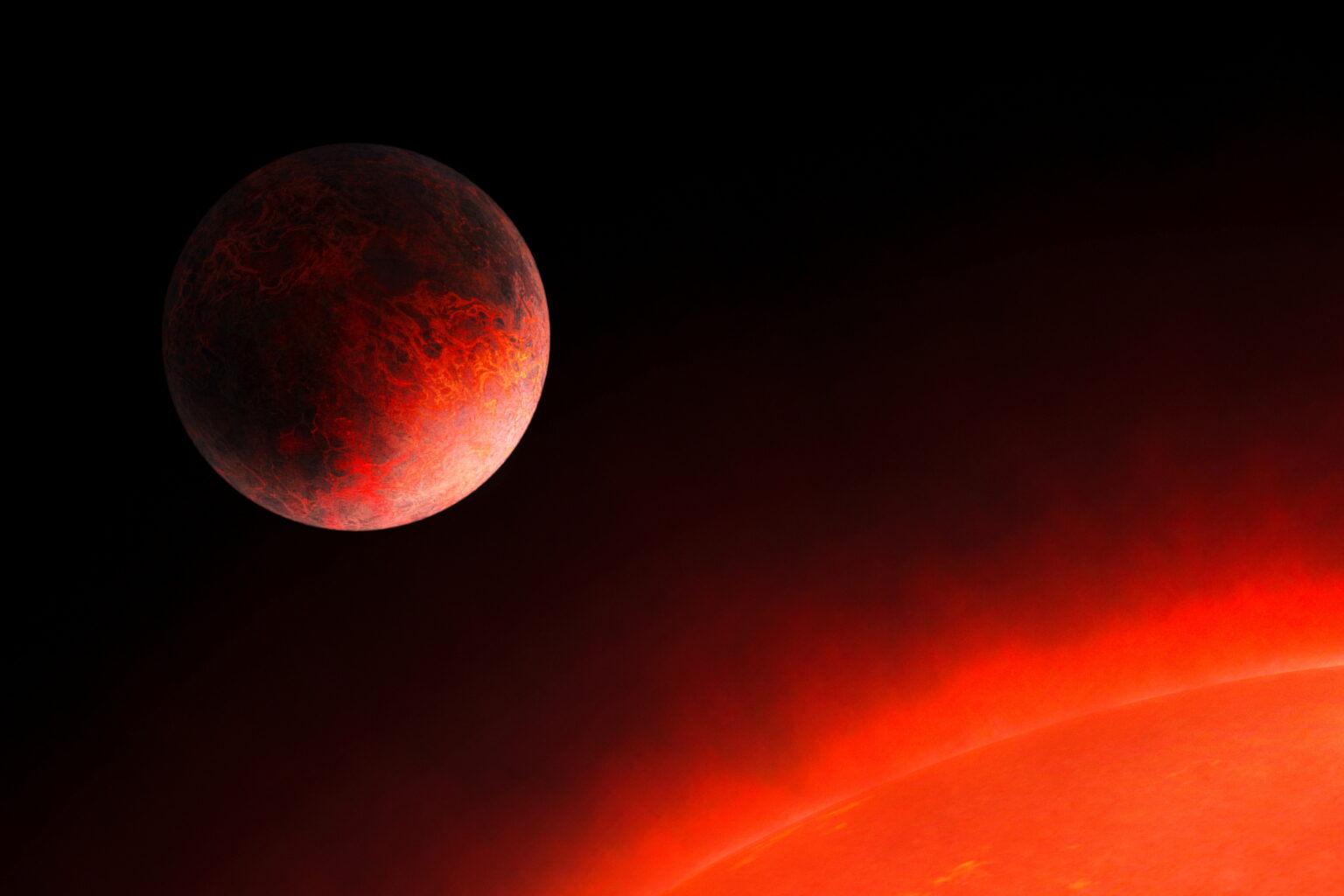Scientists have discovered a planet orbiting near the habitable zone of the red dwarf Ross 508. This super-Earth was noticed due to the use of the radial velocity method in the near infrared spectrum.

Super-Earth near the Red Dwarf
A team of Japanese astronomers led by Hiroki Harakawa discovered a planet near the red dwarf Ross 508, which is close to Earth. The mass of the planet is about four times that of Earth. Its radius is still unknown, but most likely it is a super-Earth, and not a tiny gas giant.
Super-Earths are planets that are similar to the Earth in their chemical composition, but larger than it. Despite this, the new planet Ross 508 b is most likely uninhabitable as we know it. Ross 508 is much fainter than the Sun, but the planet orbits at a distance of 0.053 astronomical units from it, which is much closer to Mercury.
As a consequence, the super-Earth makes one orbit around the star in just 10.75 Earth days. And the irradiation of its luminary is 1.4 times greater than that of our planet. Ross 508 b is located at the inner boundary of the zone of habitation of its luminary. Most likely, according to its conditions, it resembles Venus.
Doppler method in the infrared spectrum
Ross 508 is only 36.5 light-years away. However, the red dwarf has only 18 percent of the solar mass. It is also very faint. Therefore, it has not yet been possible to notice a planet near it.
The discovery was made using the Subaru telescope, which can operate in the near infrared spectrum. At these wavelengths, red dwarfs emit much more energy. The scientists passed it through a spectrograph and studied the emission lines for some time. They saw their displacement, which indicated the presence of a massive body. The results of the research are published in Publications of the Astronomical Society of Japan.
This technique is called the radial velocity method. It is based on the Doppler effect. Previously, it has been repeatedly used to search for exoplanets in the visible part of the spectrum. But in this variant, its sensitivity is still inferior to the transit method. Therefore, we have seen more than other worlds when they pass through the disk of their star.
Near-infrared light spectrography has much greater sensitivity. Thanks to this, scientists expect to find planets in other red dwarfs in the future. As for the Ross 508 b, it turned out to be transit. Therefore, in the future, James Webb Space Telescope will be able to examine its atmosphere when passing through the disk of a star and find out what it consists of.
According to www.sciencealert.com
Follow us on Twitter to get the most interesting space news in time
https://twitter.com/ust_magazine

